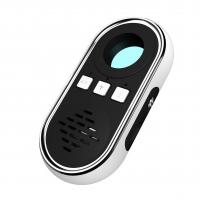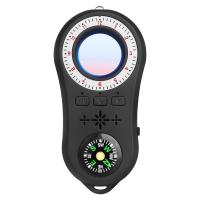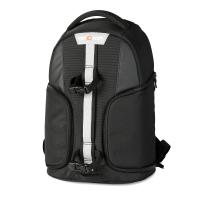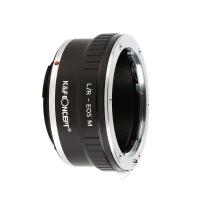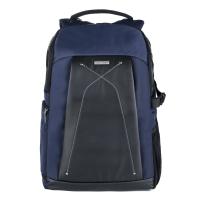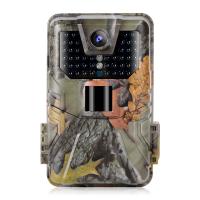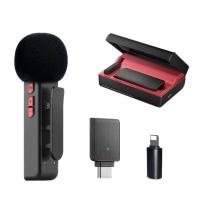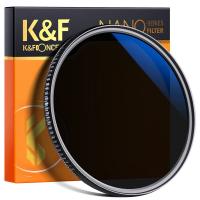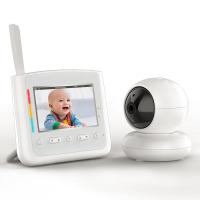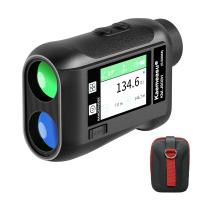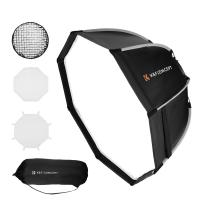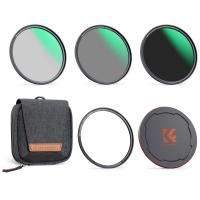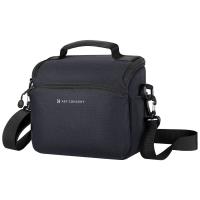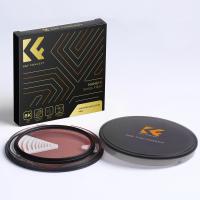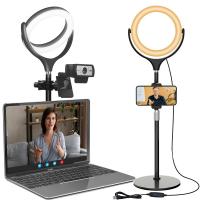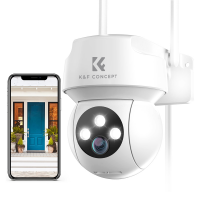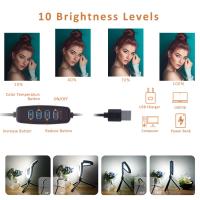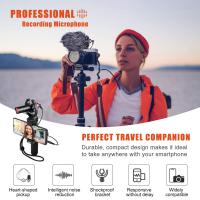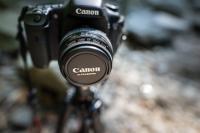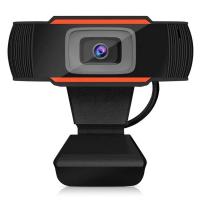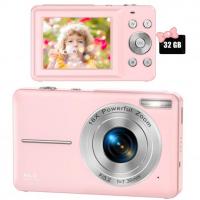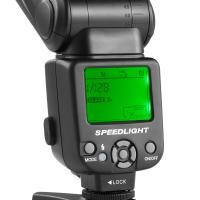How To Find Camera In Mirror?
In today's digital age, privacy concerns are more prevalent than ever. With the increasing availability of hidden cameras, many people are worried about being secretly recorded in places where they expect privacy, such as hotel rooms, bathrooms, or changing rooms. One of the most common methods used to conceal these cameras is by hiding them behind mirrors. This article will provide a comprehensive guide on how to detect hidden cameras in mirrors, ensuring your privacy and peace of mind.

Understanding Two-Way Mirrors
Before diving into the detection methods, it's essential to understand the concept of two-way mirrors. A two-way mirror, also known as a one-way mirror, is a piece of glass that is reflective on one side and transparent on the other. This type of mirror is often used in interrogation rooms, observation decks, and, unfortunately, by those who wish to invade your privacy.
When a hidden camera is placed behind a two-way mirror, it can record or stream footage without being easily detected. Therefore, identifying whether a mirror is a two-way mirror is the first step in finding hidden cameras.
Methods to Detect Hidden Cameras in Mirrors
1. The Fingernail Test
One of the simplest and most well-known methods to check if a mirror is a two-way mirror is the fingernail test. Here's how you can perform it:
1. Place your fingernail against the mirror's surface.
2. Observe the gap between your fingernail and its reflection.
Interpretation:
- If there is a gap between your fingernail and its reflection, it is a standard mirror.
- If your fingernail directly touches its reflection with no gap, it is likely a two-way mirror.
This method works because, in a standard mirror, the reflective coating is placed behind the glass, creating a small gap. In a two-way mirror, the reflective coating is on the surface, eliminating the gap.
2. The Flashlight Test
Another effective method to detect hidden cameras behind mirrors is the flashlight test. This method works best in low-light conditions. Follow these steps:
1. Turn off the lights in the room.
2. Shine a flashlight directly at the mirror.
3. Observe the mirror closely.
Interpretation:
- If the mirror is a standard mirror, the light will reflect back at you, and you won't see anything behind it.
- If the mirror is a two-way mirror, the light will pass through, and you may see the room or objects behind the mirror, including a hidden camera.
3. The Sound Test
Two-way mirrors are often thinner than standard mirrors. You can use this characteristic to your advantage by performing a sound test:
1. Tap on the mirror's surface with your knuckle.
2. Listen to the sound produced.
Interpretation:
- If the mirror produces a dull, solid sound, it is likely a standard mirror.
- If the mirror produces a hollow or less solid sound, it could be a two-way mirror.
4. The Observation Test
Sometimes, hidden cameras can be detected through careful observation. Look for the following signs:
- Unusual Placement: Hidden cameras are often placed at eye level or higher to capture a clear view. If a mirror is placed in an unusual location, it could be suspicious.
- Wires or Lenses: Inspect the edges of the mirror for any visible wires or small lenses. Hidden cameras need a power source and a lens to record footage.
- Reflection Quality: Two-way mirrors may have a slightly different reflection quality compared to standard mirrors. Look for any distortions or differences in the reflection.
5. Using Technology
Several technological tools can help you detect hidden cameras behind mirrors:
- RF Detectors: Radio Frequency (RF) detectors can identify wireless cameras by detecting the signals they emit. Sweep the detector around the mirror to check for any signals.
- Hidden Camera Apps: There are smartphone apps available that can help detect hidden cameras. These apps use your phone's camera and flashlight to scan for camera lenses.
- Infrared Detectors: Some hidden cameras use infrared for night vision. Infrared detectors can help you identify these cameras by detecting the infrared light they emit.
What to Do If You Find a Hidden Camera
If you suspect or confirm the presence of a hidden camera behind a mirror, follow these steps:
1. Do Not Touch the Camera: Avoid tampering with the camera, as it could be part of an ongoing investigation or connected to a network.
2. Document the Evidence: Take photos or videos of the hidden camera and its location. This documentation can be useful for reporting the incident.
3. Report to Authorities: Contact local law enforcement or the management of the establishment where you found the camera. Provide them with the evidence you collected.
4. Protect Your Privacy: If you are in a hotel or rental property, request a different room or accommodation. Ensure that the new location is free from hidden cameras.
Preventive Measures
To protect your privacy and prevent future incidents, consider the following preventive measures:
- Use a Camera Detector: Invest in a reliable camera detector and use it to scan your surroundings when you travel or stay in unfamiliar places.
- Cover Mirrors: If you are unsure about a mirror, cover it with a towel or cloth to prevent any potential recording.
- Be Vigilant: Always be aware of your surroundings and look for any unusual objects or placements that could indicate hidden cameras.
In an era where privacy is increasingly at risk, knowing how to detect hidden cameras behind mirrors is a valuable skill. By using simple methods like the fingernail test, flashlight test, and sound test, as well as leveraging technology, you can protect your privacy and ensure your peace of mind. Remember to stay vigilant and take preventive measures to safeguard your personal space from unwanted surveillance.


